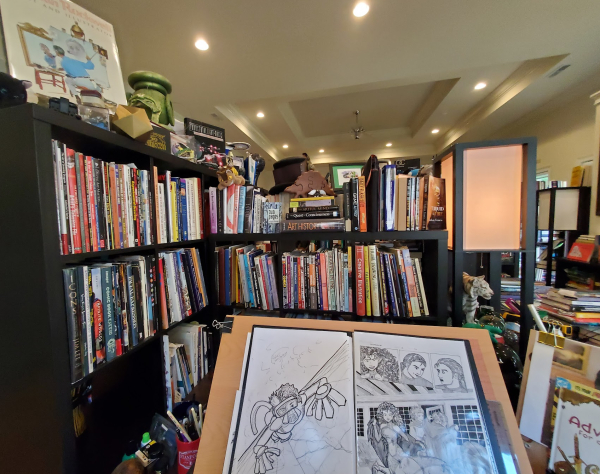
One of the productivity tools I use is a technique called “plan for success.” I mostly use it for todo lists, and for that topic it’s worth a blog post of its own, but, briefly, when taking on a task, I like to start off with a “plan for success” sheet where I list:
- What the project is (e.g, going to Dragon Con)
- Where I currently am on the project (e.g, about to leave, just arrived)
- What the context of the next work block is (the next 4-5 days, or the next month)
- What success would look like (e.g., attend all my panels, meet all my friends, hit the dealer’s room)
Once I have that, I start listing todo items, then categorizing them into the four Stephen Covey quadrants – Urgent and Important, Not Urgent yet Important, Urgent yet Unimportant, and Not Urgent and Not Important. Making sure that the “Not Urgent yet Important” stuff gets done is the hardest part, so I usually tranche the TODOs into “do immediately, do today, do before I leave”.
But the whole “plan for success” idea came from an artist – I don’t remember who – talking about the difference between professionals and amateurs. An amateur may produce great art, they said, but on accident, even if they’re skilled, because they don’t know how they’re doing what they’re doing. A professional, on the other hand, makes a plan to ensure that their art piece succeeds. They may not always succeed at it – plenty of professional artists have to start pieces over – but they don’t paint themselves into a metaphorical corner as much because they’ve taken steps to ensure the piece comes out well – for example, by getting reference art, doing perspective or construction lines, or practice drawings.
I wonder if this idea also works for learning art? Let’s find out.
-the Centaur
Pictured: My drawing desk and books on drawing.